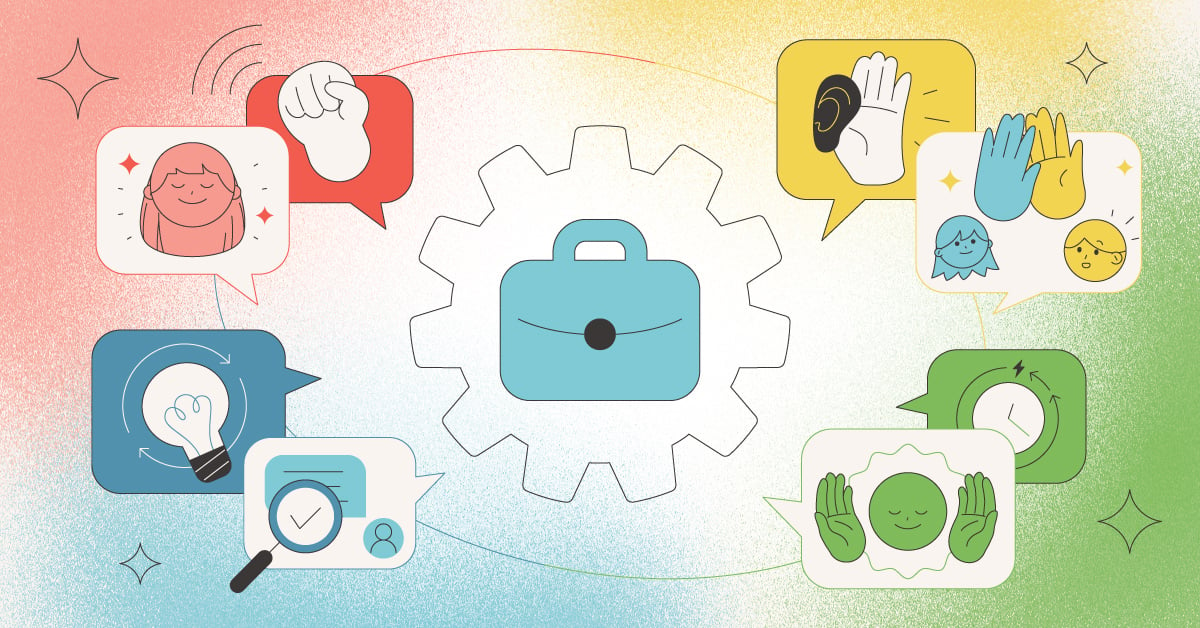
There is a very common and stubborn problem found in almost every business that plagues employers and employees alike. It drains us of our time, energy and money. It leaves even the best owners and leaders frustrated seeking solutions. Left unchecked it will damage relationships, careers and can cripple a business.
The problem is unhappy and underperforming employees. But they are not solely to blame. Leadership also plays a significant role in getting employees to that point.
With so many employees (and leaders, for that matter) working for the sole purpose of collecting a paycheck, the disengagement issue continues to be widespread. Finding one’s “why” may be the only solution to eliminating, or at least reducing, the problem of employee disengagement.
I will explain in a moment why employee “happiness” is not what we should focus on; but, before we get to that, let’s take a look at the size of this problem.
The scope of the problem
One of the most comprehensive and widely cited sources for employee engagement research is the Gallup Organization’s 2017 report State of the American Workplace. In this report, they describe three categories of employees:
• Engaged: Highly involved and enthusiastic about their work and workplace. These motivated employees drive performance and innovation and move the organization forward.
• Not engaged: Psychologically unattached to their work and company. Because their needs are not being fully met, they’re putting time — but not energy or passion — into their work.
• Actively disengaged: They aren’t just unhappy at work, they are resentful that their needs aren’t being met and are acting out their unhappiness. Every day, these workers potentially undermine what their engaged coworkers seek to accomplish.
Do you know anyone who seems to fit into one of these specific categories?
According to Gallup, only 34% of employees in the US are engaged in their work. 53% are not engaged. Worse, this means that the remaining 13% are actively disengaged. These actively disengaged employees cost US businesses a staggering $483 to $605 billion each year in lost productivity
Whose fault is it anyway?
Gallup says that the US is in the midst of an employee engagement crisis. They are correct; however, when we call it an employee engagement crisis I think it seems to place most of the blame on the employees. While they certainly share the responsibility, this is also a leadership crisis.
Despite organizations spending as much as $15 billion a year on leadership development, the way we are leading our employees and organizations is simply not working. We need to try something else.
In my first business, I thought that the best way to make my employees “happy” was to increase their pay. The benefits were short-lived, and yet it was a mistake I made over-and-over again. I simply did not know what else to do. It is true that money cannot buy happiness. Most of us can think of at least one person we know that is highly compensated but miserable in their job.
Happy vs. fulfilled
When we focus our attention and solutions on trying to make our employees “happy,” we are making the mistake of treating the symptom, not the cause. The root cause is that our employees are not being fulfilled by the work we are asking them to do.
There is a huge difference between being happy and being fulfilled. It is like the difference between liking and loving something. A lot of things can make us happy at work, but happiness is temporary. Fulfillment is much deeper; we feel it when we really connect with our work.
In his most recent book Find Your Why, Simon Sinek writes, “Happiness comes from what we do. Fulfillment come from why we do it.” He continues, “If we want to feel an undying passion for our work, if we want to feel we are contributing to something bigger than ourselves, we need to know our WHY.”
If you have read Sinek’s books, or watched his epic TED talk (almost 42 million views), you will remember that the problem with understanding and articulating our “WHY” is that it resides in the non-verbal portions of our brains. For example, when we are asked why we love someone, we find it much harder to explain than if someone asked us how we show them we loved them.
How to discover your why
Fortunately, assessment solutions exist in the marketplace that can help a person to discover their “why.” For example, TTI has developed a wonderful tool called the Driving Forces assessment that does an excellent job of helping us understand what drives – or fulfills – us both at work and in our personal lives.
Your Driving Forces are what’s inside you, that drive that you feel compelled to fulfill. We all have these forces inside of us. The sad fact is most of us never learn how to define, much less harness, these motivators. I have found that the Driving Forces assessment is a great place to start defining and understanding your WHY.
I have been using the Driving Forces assessments reports for the last year and my clients have experienced great results. One of the biggest successes we have had is discovering some employees were not in jobs that were “scratching their itch,” despite being solid performers. They were truly square pegs in round holes. After evaluating the results of these tools, we were able to move some of them into jobs that were much better fits.
Why it matters
When we have employees in roles that fulfill them, they will be more engaged, energized and productive. They will become the psychological “owners” that drive the business forward. They will also be better able to ride out the inevitable up-and-down cycles of job happiness.
I am sorry to report that I have not found a solution or cure for the problem of unhappy or underperforming employees. I don’t think there is one. People are complicated. I do, however, believe there are effective treatments. The Driving Forces assessment and report is a simple, effective and affordable place to begin.
What we are doing is not working. It is time to try something new. Let’s help our employees become happier and more productive by placing them in roles where they can do work that fulfills them. Doing so will increase engagement, which by extension, will increase productivity.




